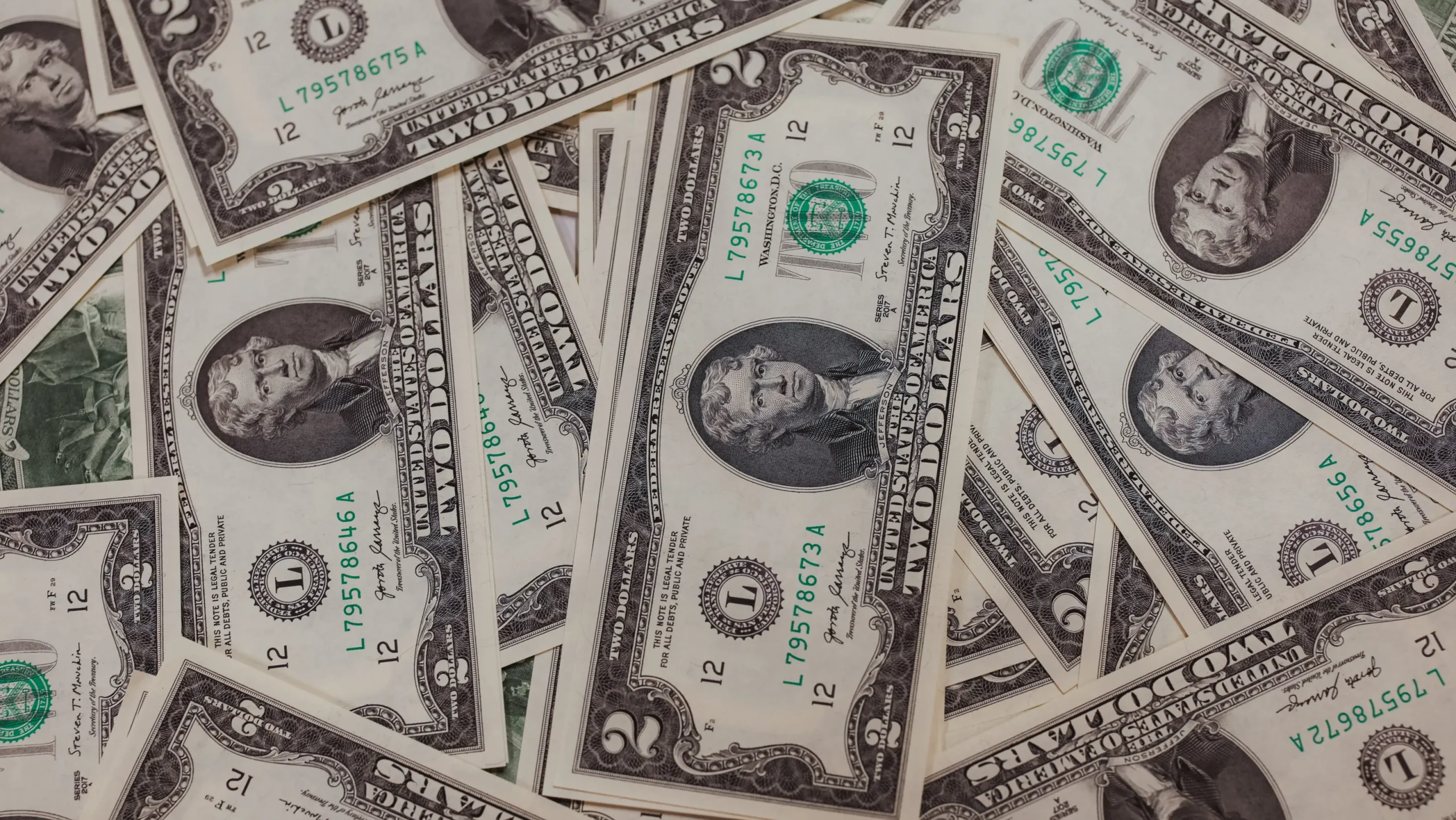By the end of this month, many U.S. taxpayers could see a stimulus check of up to $1,400 hitting their accounts or arriving in the mail. This latest round of stimulus checks, announced by the Internal Revenue Service (IRS) in December, is aimed at taxpayers who missed out on claiming the Recovery Rebate Credit on their 2021 tax returns. Here’s a detailed breakdown of what this means and who qualifies for the payment.
Why Are These Stimulus Checks Being Distributed?
The IRS decided to issue these payments after identifying through internal data that many eligible taxpayers did not claim the Recovery Rebate Credit. This refundable credit was introduced to assist individuals who did not receive one or more rounds of Economic Impact Payments (commonly referred to as stimulus checks) during the pandemic.
Essentially, if you were eligible for a stimulus payment in the past but didn’t claim it on your 2021 tax return, you might be entitled to receive this latest payment of up to $1,400.
Who Is Eligible for the Latest Stimulus Check?
Eligibility is straightforward for this round of payments:
- Taxpayers Who Missed the Recovery Rebate Credit:
If you filed a 2021 tax return and left the Recovery Rebate Credit field blank or marked it as $0, you qualify. - Non-Filers:
If you didn’t file a 2021 tax return but are eligible, there’s still time. You must file your return and claim the Recovery Rebate Credit by April 15, 2025.
If you’re unsure whether you claimed the credit, double-check your 2021 tax return. Look for the Recovery Rebate Credit section to confirm whether you claimed the amount or left it blank.
How to Receive Your Payment
The good news is that eligible taxpayers do not need to take any action to receive this stimulus check. Here’s how the process works:
- Automatic Payments:
The IRS began distributing the payments in December 2024 and will continue sending them through the end of January 2025. - Notification Letter:
Recipients will get a letter in the mail confirming their payment. Keep this letter for your records. - Payment Methods:
The payments are either direct-deposited into the taxpayer’s bank account or sent as a paper check to the mailing address on file.
How Much Money Will You Receive?
Eligible taxpayers will receive up to $1,400 per individual. The exact amount depends on your 2021 tax filing and eligibility criteria. For example:
- Single taxpayers can receive up to $1,400.
- Couples filing jointly may receive up to $2,800.
- Families could receive an additional $1,400 per dependent.
What About Non-Filers?
If you didn’t file a 2021 tax return but think you’re eligible for the Recovery Rebate Credit, there’s still time to act. File your tax return by April 15, 2025, and include the Recovery Rebate Credit on your filing.
This step ensures that eligible individuals who missed earlier Economic Impact Payments can still receive their stimulus check.
Why Is This Important Now?
These payments could provide critical financial relief to families and individuals who missed out on previous stimulus payments. With inflation impacting household budgets, the additional $1,400 could help cover essential expenses like rent, groceries, and healthcare.
It’s also a reminder of the importance of reviewing tax returns to ensure no credits or benefits are overlooked.
What Should You Do Next?
- Check Your 2021 Tax Return:
Look for the Recovery Rebate Credit field to confirm whether you claimed the credit or left it blank. - Watch for IRS Notifications:
If you’re eligible, you’ll receive a letter confirming your payment. - File If Necessary:
If you didn’t file a 2021 tax return, consider filing now and claiming the Recovery Rebate Credit to secure your stimulus payment
Disclaimer – Our team has carefully fact-checked this article to make sure it’s accurate and free from any misinformation. We’re dedicated to keeping our content honest and reliable for our readers.








